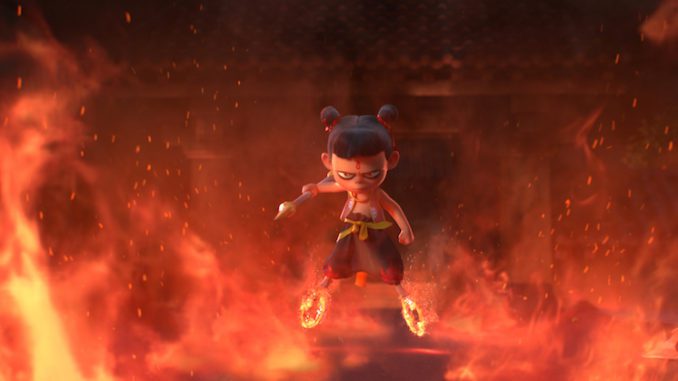
Outside of Disney, it’s difficult to find a good animated film that blends a good story with colourful and imaginative animation. But Ne Zha (哪吒之魔童降世) breaks that mould by being a foreign language, non-Disney film that not only tells an emotional tale, but also brings its characters to life with fantastic and evocative visuals that perfectly express the world of Chinese mythology, the setting of the film. It truly humanises its title character (as opposed to passing off scant characterisation as humanisation, like in Revenge of the Pontianak), and makes you empathise with Nezha as a character, rather than just looking up to him as a mythological super-being.
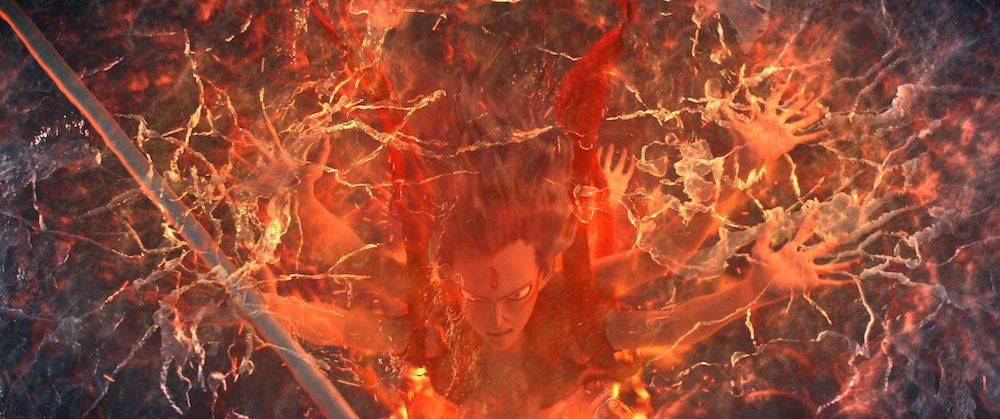
Ne Zha(哪吒之魔童降世) is loosely based on the real-life legend of Nezha, with plenty of creative liberties taken with its tale. The film tells the story of a cursed child with fantastic powers, who grows up shunned and feared by the village he lives in. He struggles with his divine destiny, but must learn to embrace it for the good of everyone. However, infernal forces have their eye on Nezha, and want to manipulate him to achieve their own ends. If Nezha is to save the day, he must discover who he truly is inside.
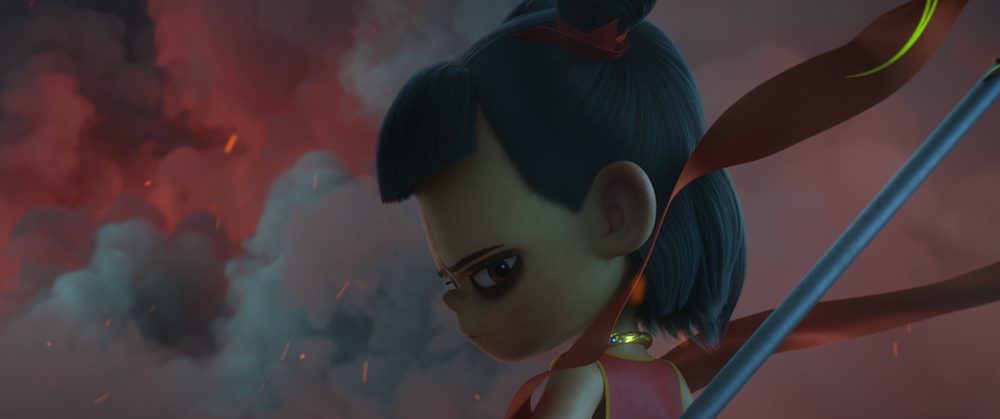
While Ne Zha (哪吒之魔童降世)‘s animation may seem familiar and even derivative at first, it’s only when you’re halfway through the first Act that you realise just how much effort has gone into it, beyond just the fighting scenes. So let’s start there. Not only are the action sequences lavish and imaginative, with mythological character spewing super powers left, right and centre, the direction is also fluid and dynamic. Director Jiaozi shows perfect mastery of the camera in the fights, making full use of the medium to get the perfect angle for each blow, each blast, and each counter in the battles. And it’s not just for the big set-piece battles either — the smaller, more human-level fights reveal a level of care and detail that demonstrates just how adept the creators are in animation.

Then there’s the character designs. The attention that went into the sheer number of characters is amazing, and even gigantic monstrosities that appear for only a scant few seconds are rendered in gorgeous detail (spoiler: they don’t appear again). Usually, complex but brief scenes, like flashbacks, are illustrated via traditional, hand drawn animation, since it may not be cost effective to build character models that don’t see much usage. But Ne Zha (哪吒之魔童降世) goes all the way to depict everything in 3D animation, showing the level of work that went into the film. And for twenty something characters (not all are humanoid) to be created and animated for a show, you’d expect them to follow similar character designs — but the film offers a variety of animation styles with the designs, with even near undetectable micro expressions brought to life as well.
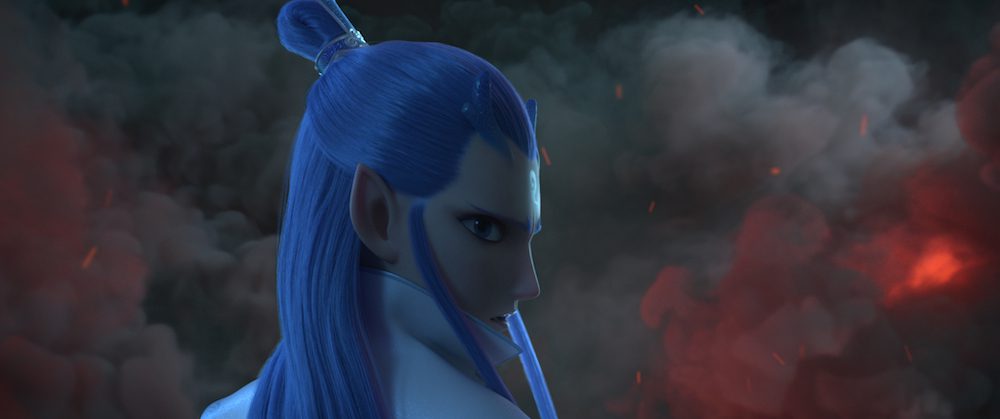
And these micro expressions are important, because they help to convey the emotional beats of the film. Although there’s a good deal of action, at its core, the movie is about a young, insecure boy who just wants a companion. It’s about a son who learns what it means to be part of a family, and it’s about learning to accept oneself wholeheartedly, warts and all. It is about love, in all its myriad forms, and the animated expressions bolster the story’s effectiveness, making it resonate emotionally.
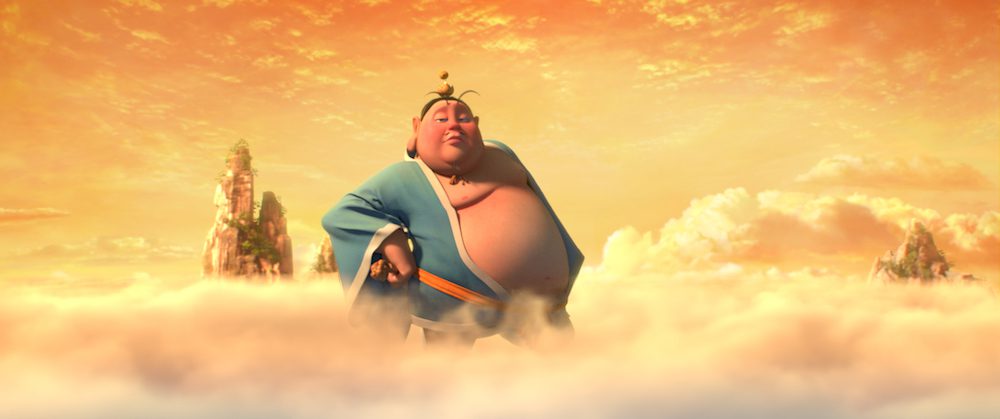
Of course, a brilliant script works in its favour as well, with setups hidden in plain sight and amazing pay offs that are unexpected. It’s fast-paced story which proceeds at a chipper pace, but not so quickly that important emotional moments are lost or crucial exposition is glossed over. It also helps that the storytelling is more Western in nature, what with its themes of embracing one’s individuality (Asian stories often value the community over individuals), but it still retains its Chinese flavour with its depiction of family and the celestial order.
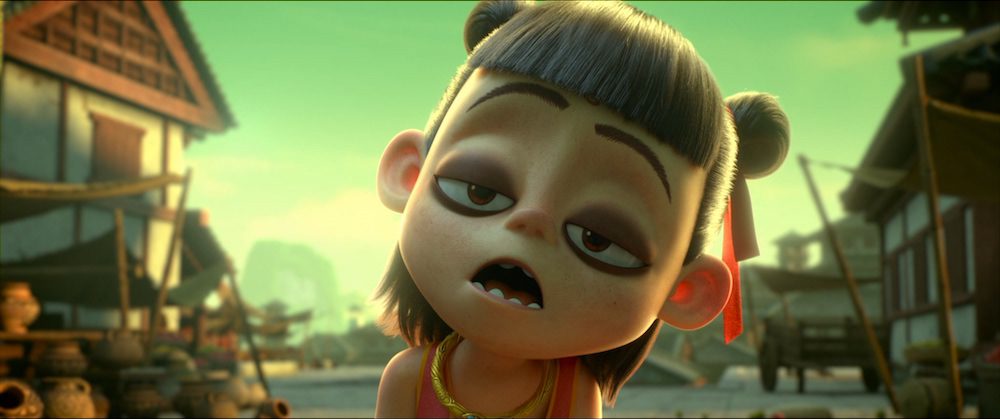
Perhaps, thanks to the Western influence on the story, the humour actually comes across as genuinely funny. Yes, there is slapstick and toilet humour — but its so expertly inserted and cunningly crafted that it’s comedic. Chinese comedies usually rely heavily on toilet humour for their funnies, but this film manages to provide laughs at all levels, giving us humour that comes from character, among others.
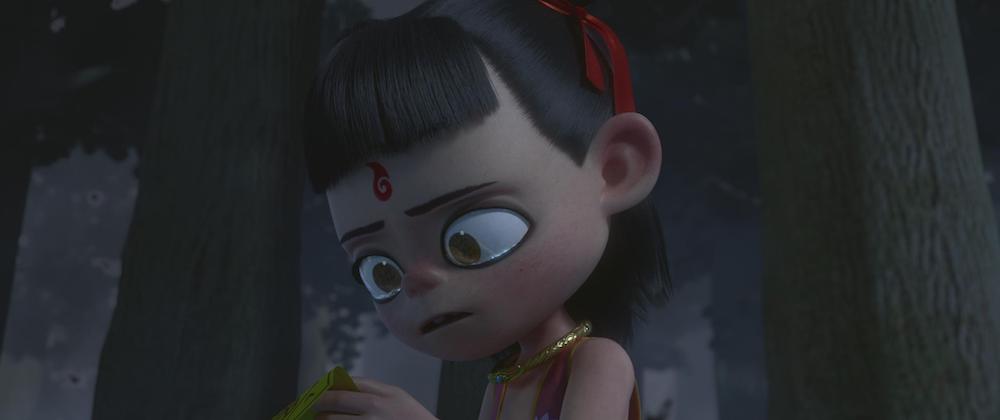
There’s no doubting how well Ne Zha (哪吒之魔童降世) has married animation and plot to create a masterpiece that’s on par with, but different from, Disney animated movies. There’s nary a dull moment in the film thanks to the excellent fusion of action and emotion. It’s set a new standard not just for Chinese animated films, but animation in general. It showcases the true potential of Chinese cinema, and the production company, Chengdu Coco Cartoon, will be a force to be reckoned with in the cinematic world soon.

Should you watch this at weekend movie ticket prices? Yes.
Should you watch this more than once? If you like Chinese mythology.
Score: 4.8/5
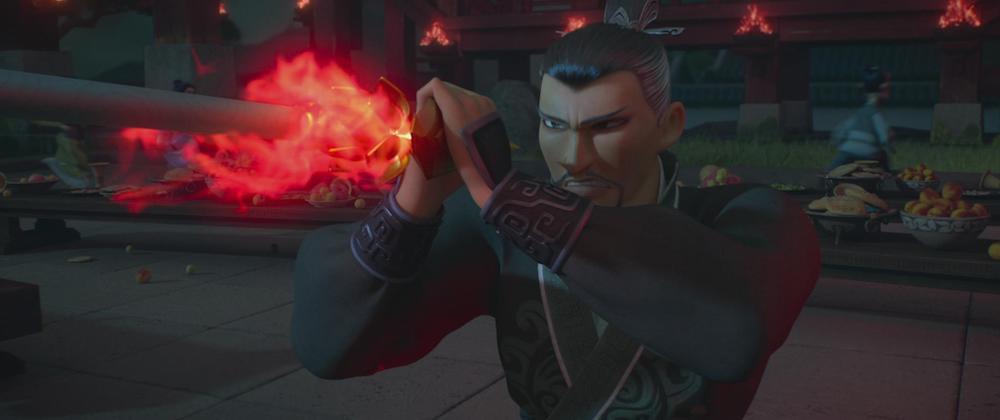
Secret ending? A mid-credits scene and a post-credits scene
Running time: 110 minutes
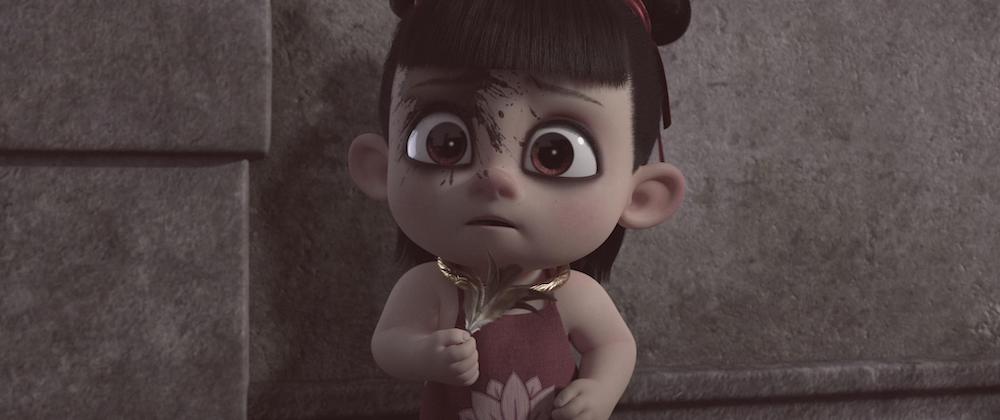
Ne Zha (哪吒之魔童降世) is a Chinese 3D-animated film that’s loosely based on the mythological character of the same name.
It is directed and written by Jiaozi. It features the voice talents of Joseph (Nezha), Lu Yanting (young Nezha), Han Mo (Ao Bing), Chen Hao (Li Jing), Lu Qi (Madam Yin), Zhang Jiamin (Taiyi Zhenren), and Yang Wei (Shen Gongbao). It is rated PG.

Ne Zha (哪吒之魔童降世) opens in cinemas:
– 5 September, 2019 (Singapore)
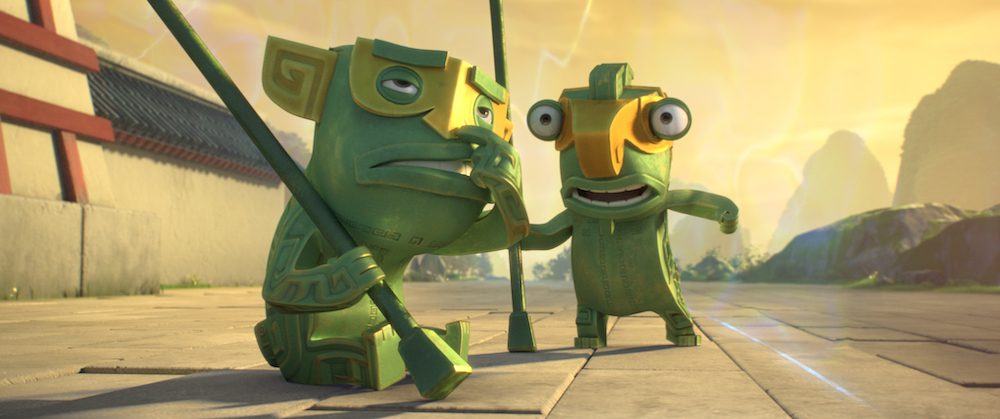
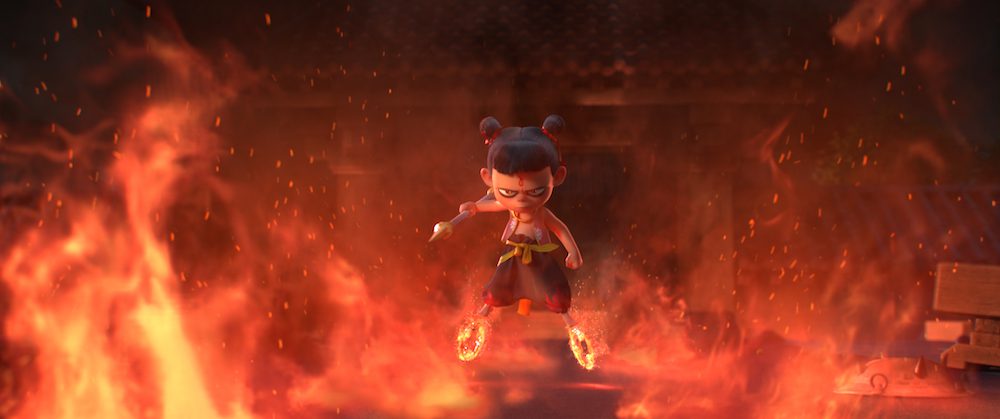
This article was first published on and written for Yahoo Lifestyle Singapore.
Follow Marcus Goh (yes, referring to myself in third person) on Facebook and Instagram for more (presumably) good updates!
I’m an independent scriptwriter who writes for popular shows like Crimewatch, Lion Mums, Police & Thief, and Incredible Tales. I’m also a Transformers enthusiast and avid pop culture scholar. You can find me on social media as Optimarcus and on my site.
Send me an email if you want to get in touch!
Leave a Reply